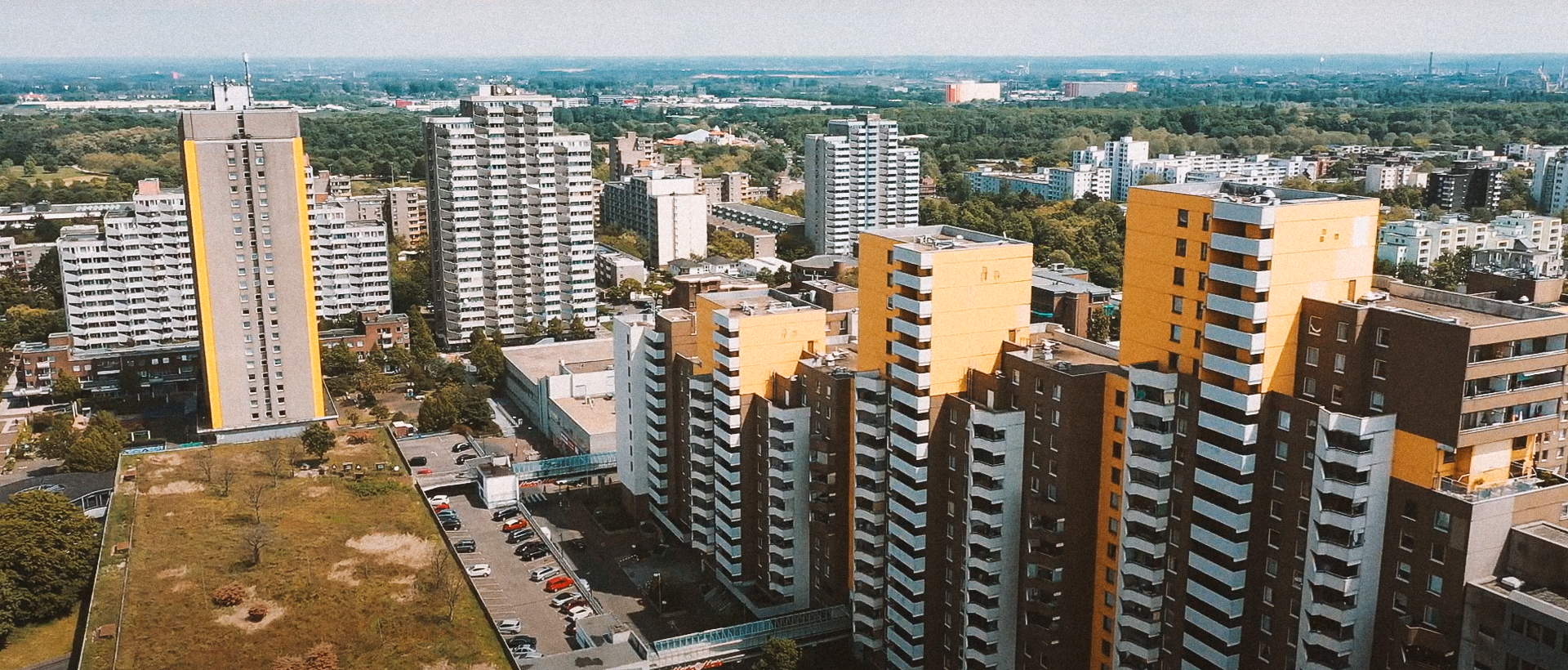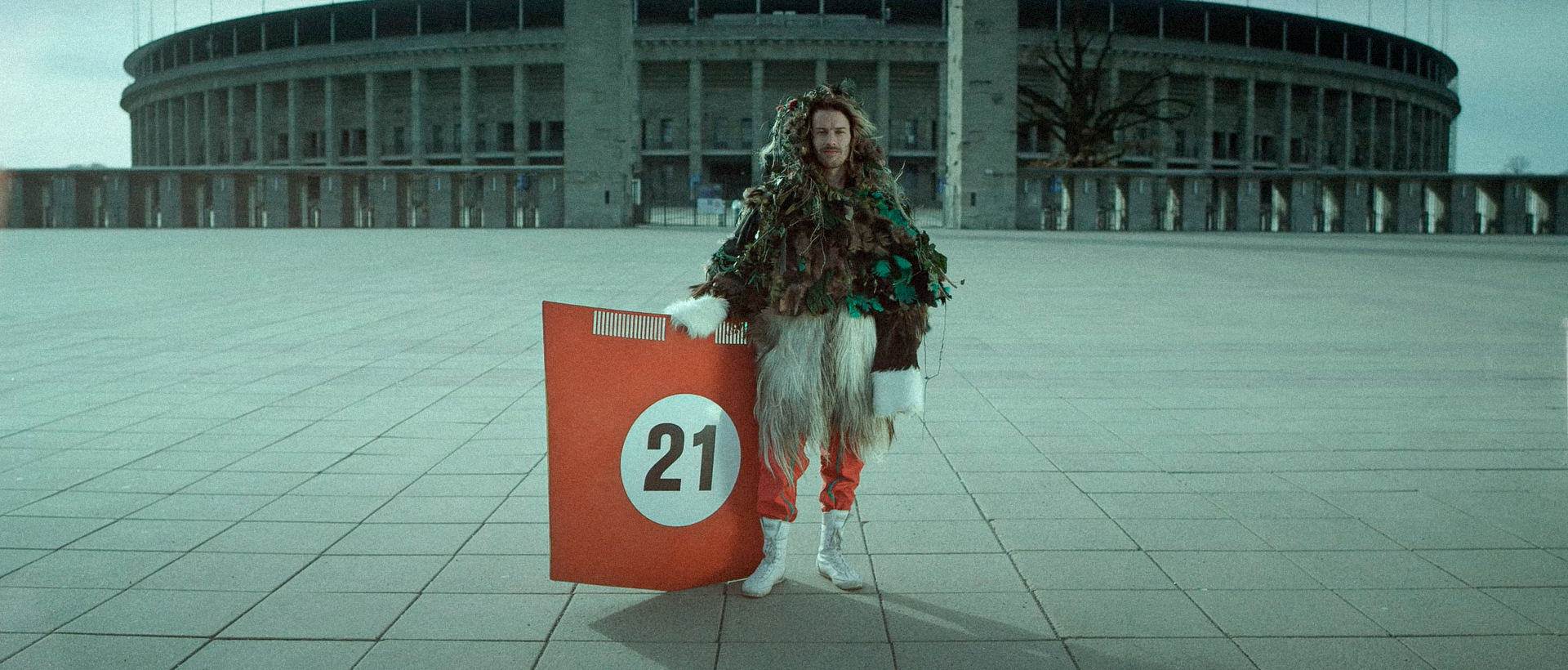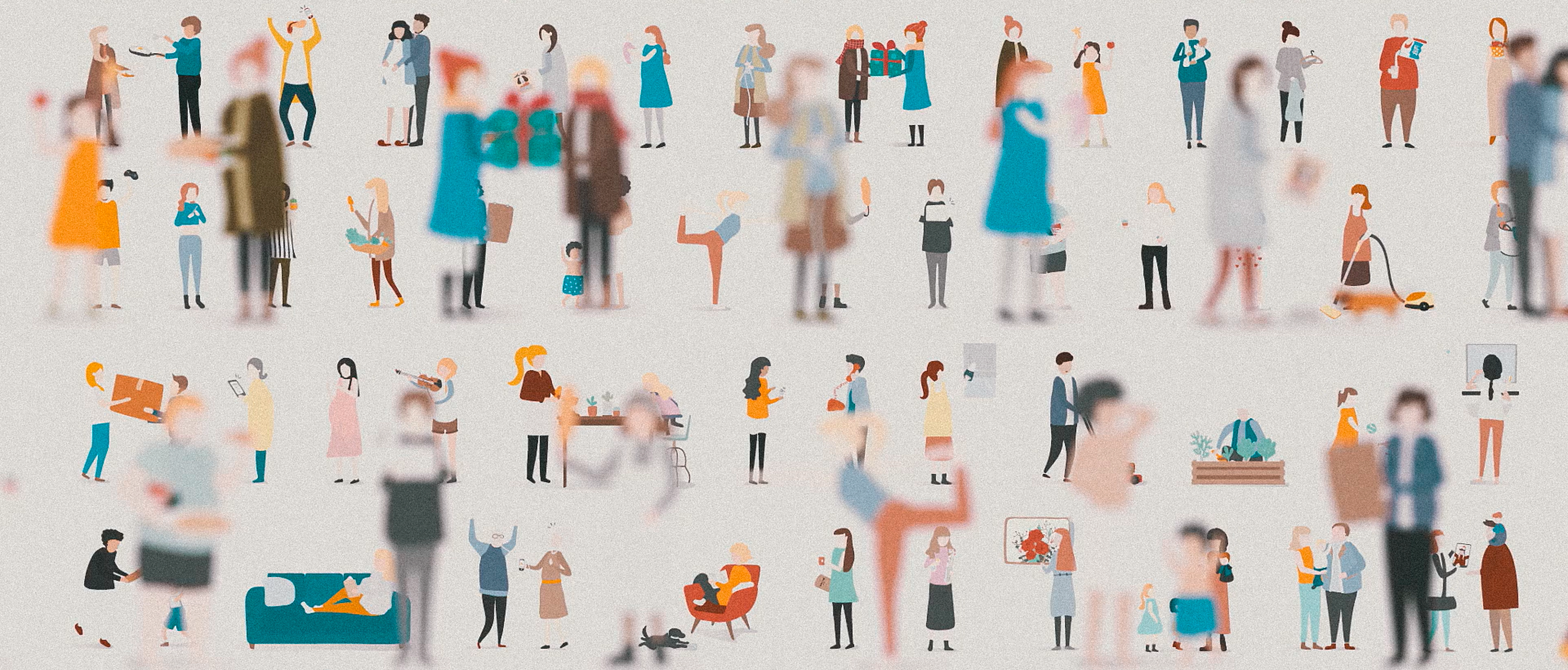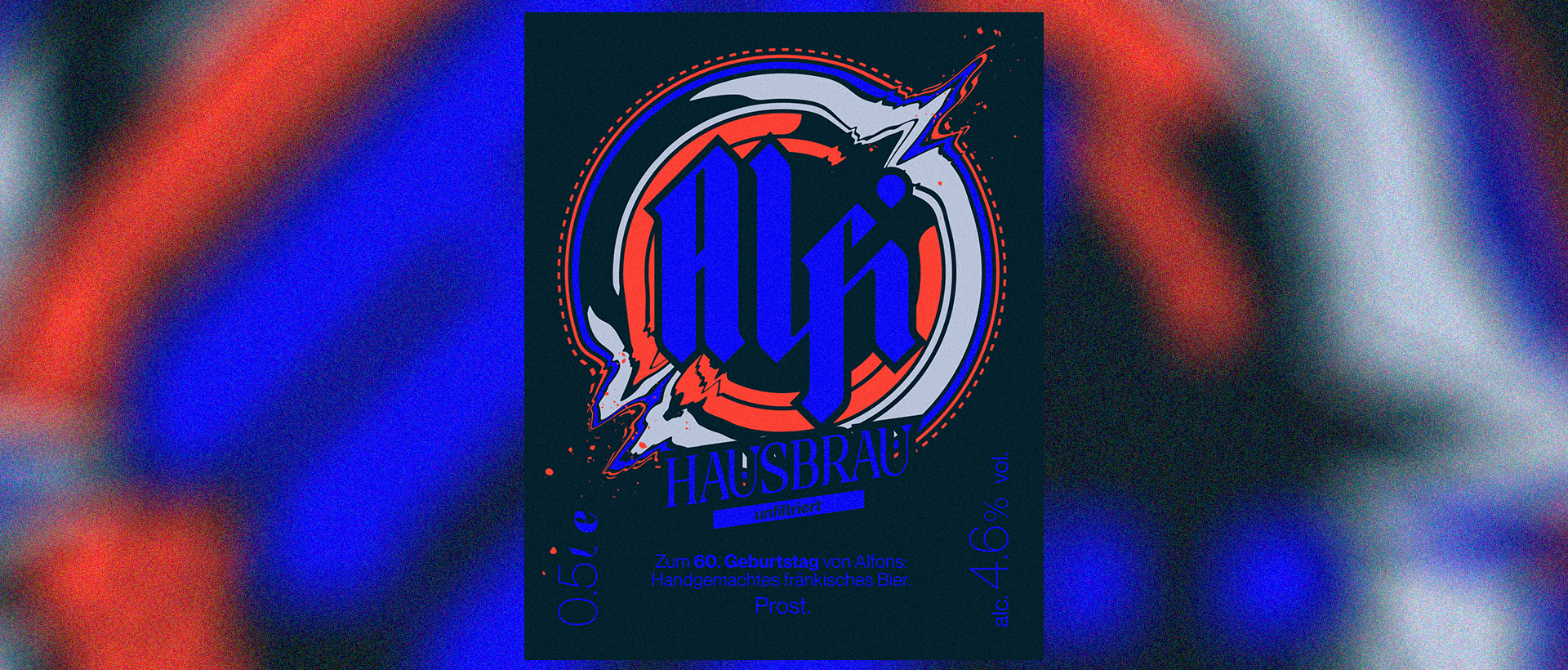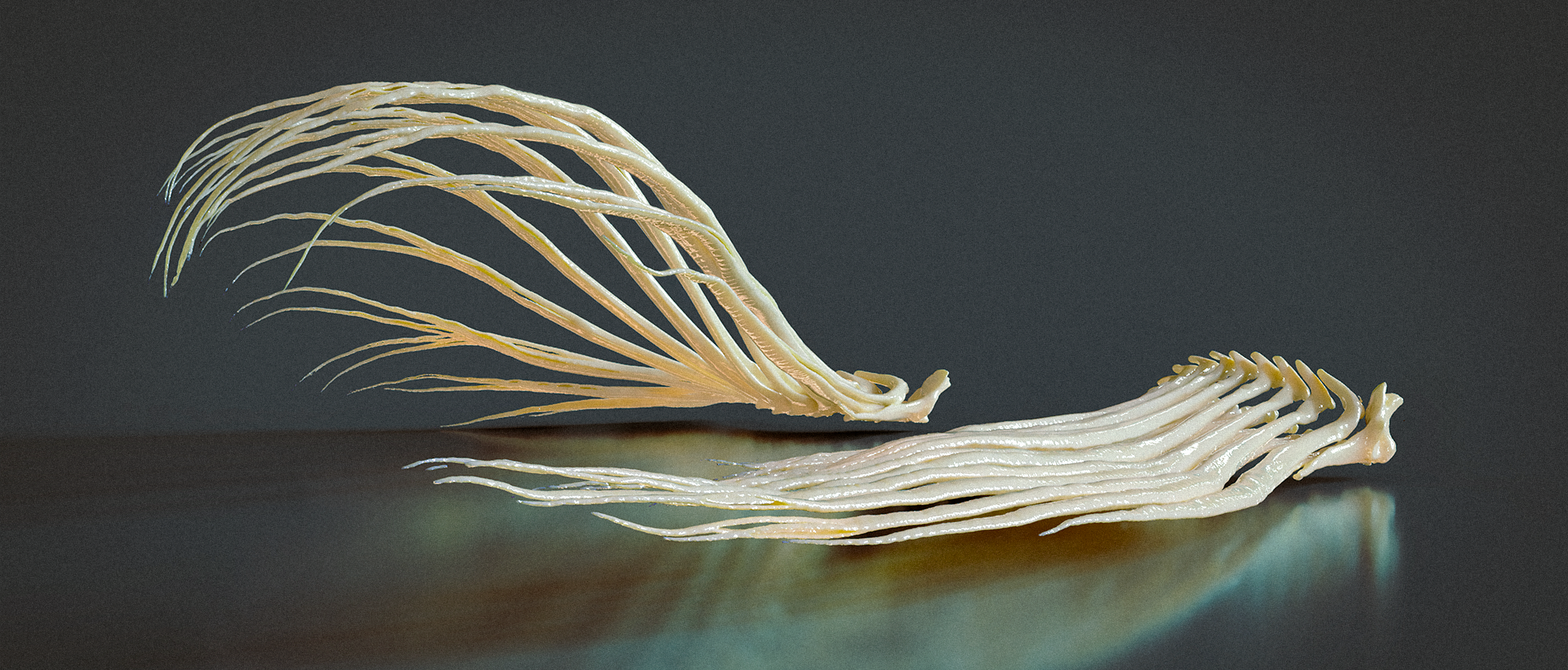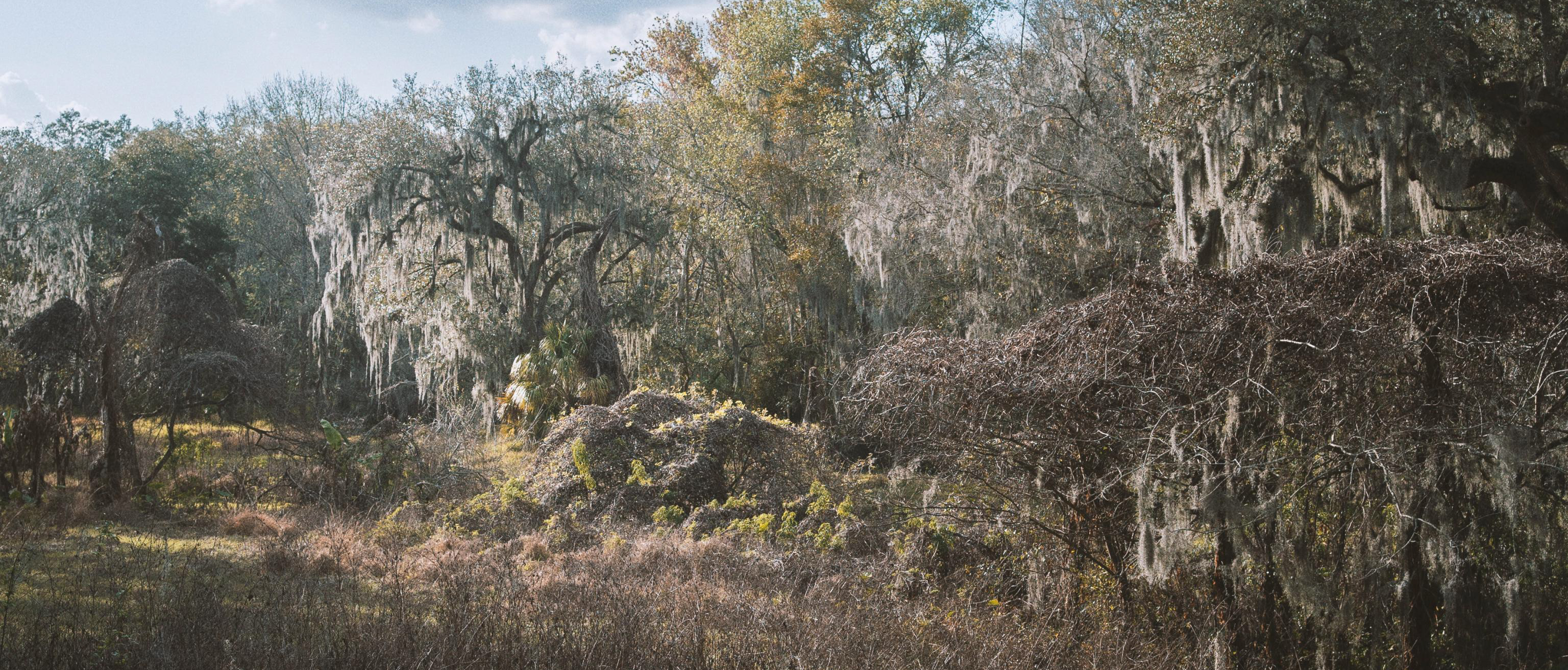Stefan and I have been acquainted since before the pandemic thanks to a mutual friend. And probably since then we've had the idea to have a project together. Stefan Tschirner is a skilled goldsmith with a modest studio in Berlin-Schmargendorf, where he creates exquisite jewelry.
However, it was our recent visit to the Berlin-Weissensee Academy of Arts' exhibition that truly ignited our collaboration. There, we were captivated by biotechnological art pieces, crafted from a blend of materials such as mushrooms, fiber composites, and more. This spurred us to envision a unique creative project that embodies an organic aesthetic.
Ferns and mushrooms! Left: Captured with Leica R8 on 35mm in a park in Tampa, FL. Ferns have an interesting growth strategy by rolling out their leaves from base to tip. Right: Jack O'Lantern Mushrooms (Omphalotus olearius). These rather grow differentially by expanding their surfaces.
Having already delved into growth algorithms in Python, Grasshopper, and Houdini, I decided to take my exploration to the next level, further developing these approaches. The internet proved to be a valuable ally, leading me to various methodologies employing Lindenmeyer Systems and, of course, the renowned tome "The Algorithmic Beauty of Plants" by Aristid Lindenmeyer [1], considered a cornerstone of growth algorithm literature.
What truly captivated me was the remarkable diversity I discovered in the realm of mushrooms. This compelled me to dive deeper into concepts such as volume advection, differential growth, and environment-based growth algorithms. However, my initial attempt at crafting naturally grown rings appeared rather uncomfortable:
What truly captivated me was the remarkable diversity I discovered in the realm of mushrooms. This compelled me to dive deeper into concepts such as volume advection, differential growth, and environment-based growth algorithms. However, my initial attempt at crafting naturally grown rings appeared rather uncomfortable:
Shiny golden render of the first 'grown' ring.
After tweaking and iterating I was able to refine the control over volume advection, resulting in significantly smoother shapes. For a sneak peek into this "shroomy" growth process, I have created this teaser:
Throughout the process, Stefan's extensive knowledge and expertise proved invaluable, guiding me through the intricacies of his craft. The physical implementation of our jewelry series was surprisingly straightforward, thanks to Stefan's connections in the industry. One of his colleagues printed the rings in 3D from wax and a foundry cast them in silver. The results of our first prototypes surpassed our expectations.
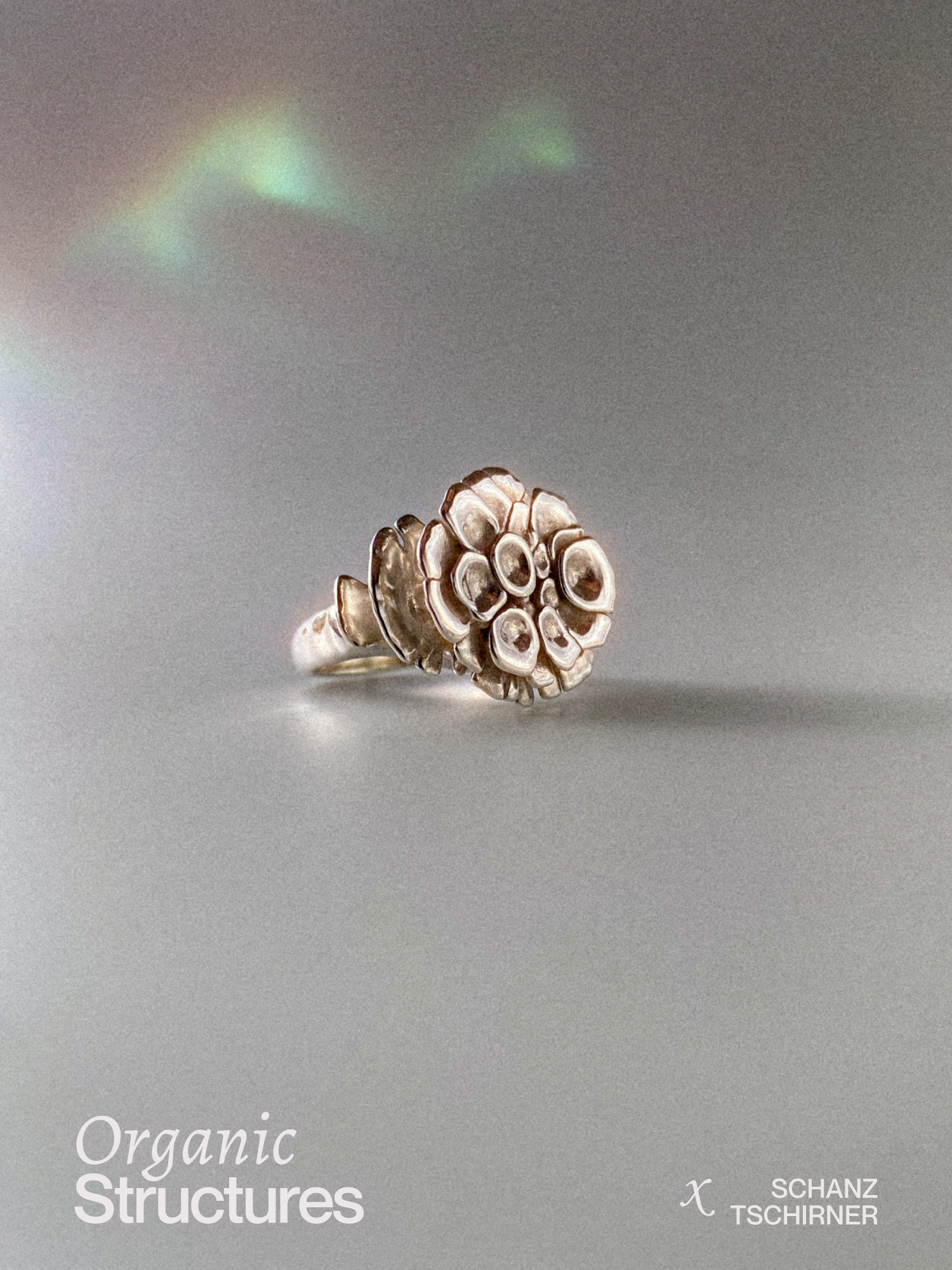
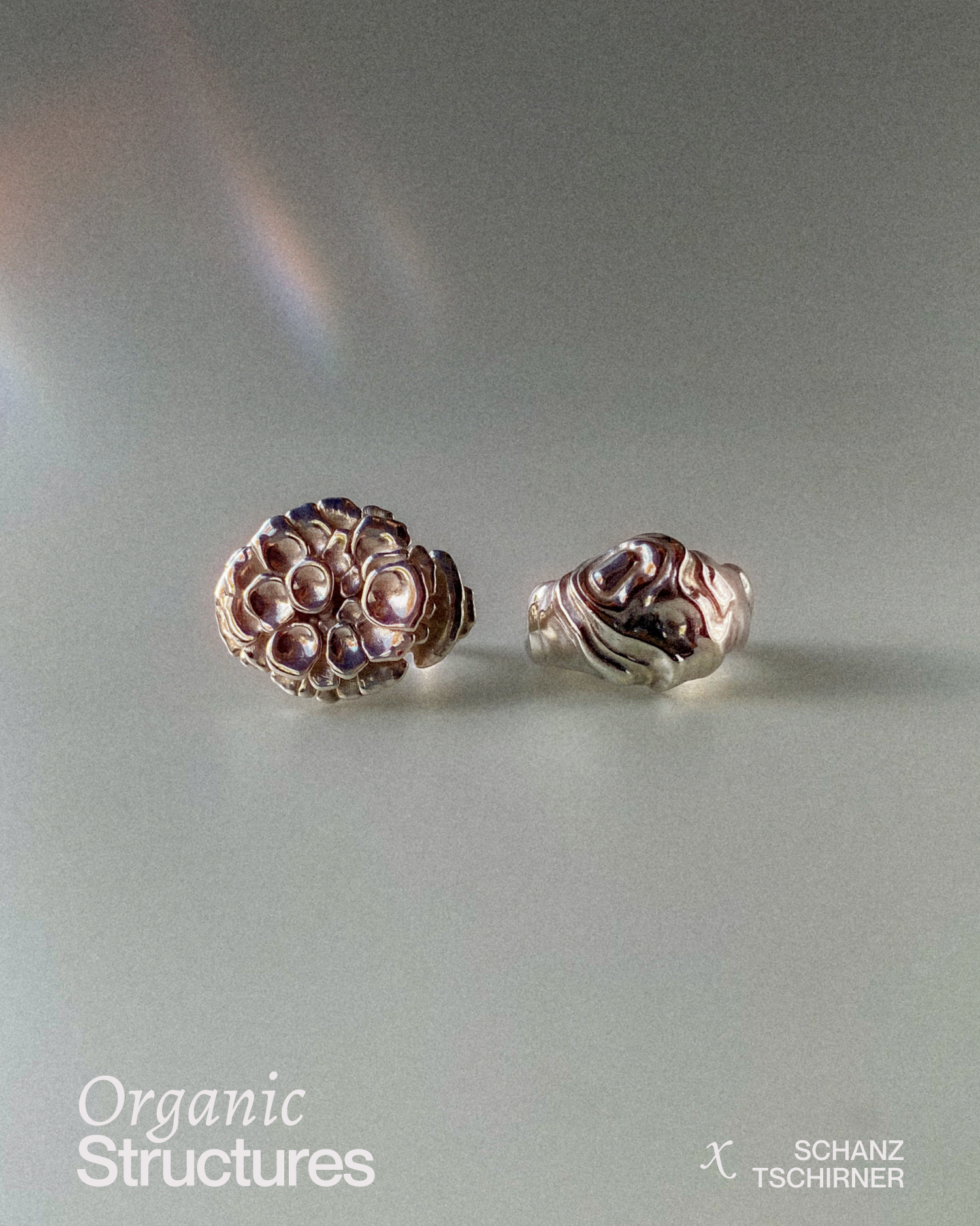
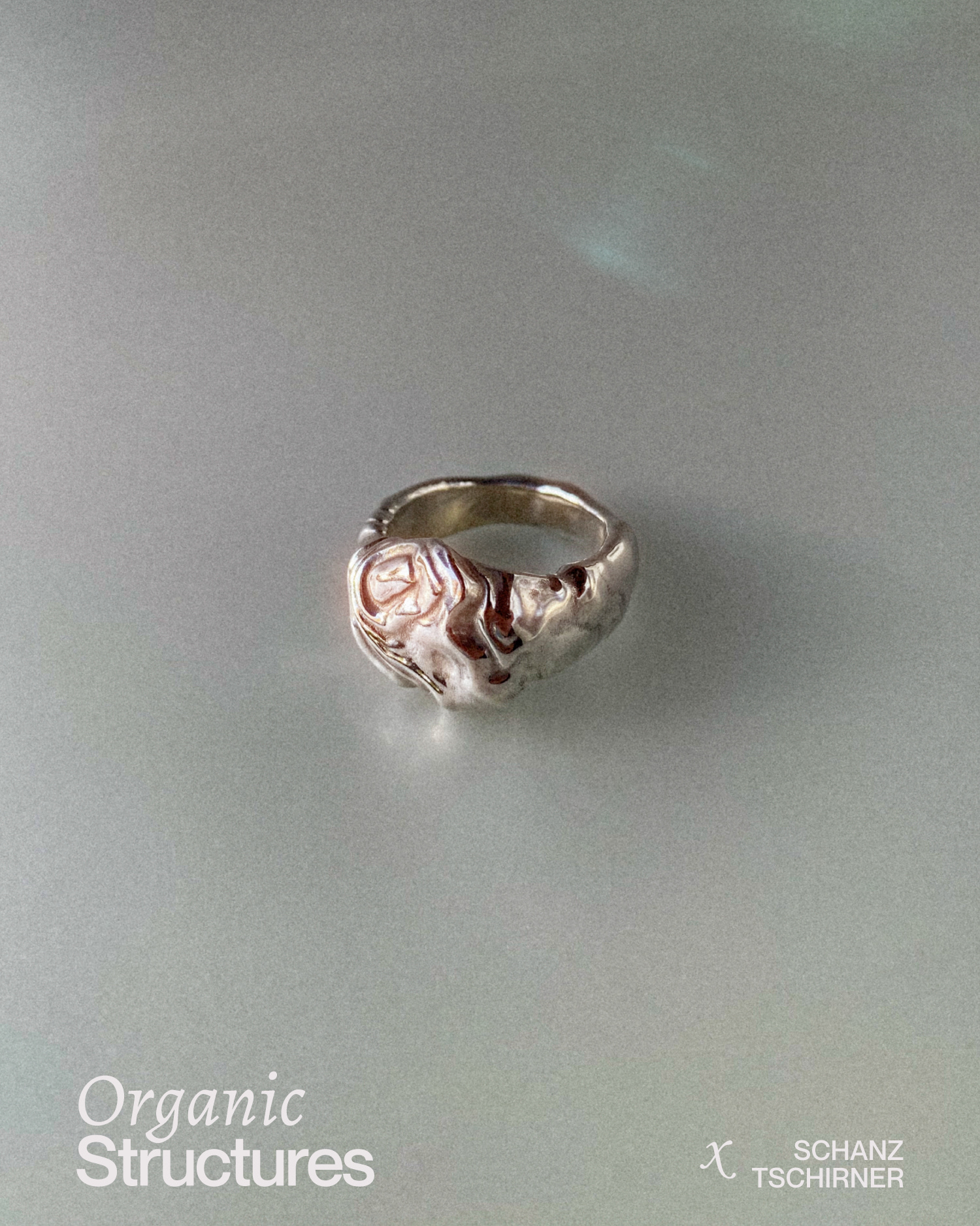
We are looking forward to create a lot more of these pieces and try out other approaches to create organic structures. You can actually buy the rings from above in Stefan's studio. Exactly here:
Sources:
[1] P. Prusinkiewicz and A. Lindenmayer, The Algorithmic Beauty of Plants. New York: Springer-Verlag, 1996.
[1] P. Prusinkiewicz and A. Lindenmayer, The Algorithmic Beauty of Plants. New York: Springer-Verlag, 1996.

